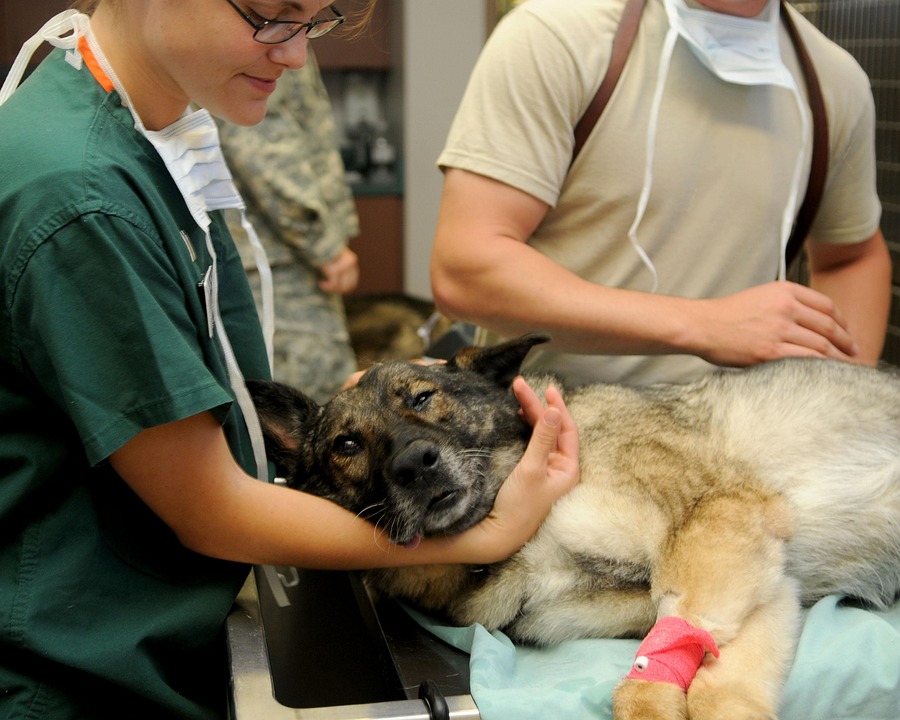Crafting a Standout Veterinary Resume
In the competitive world of veterinary medicine, where passion meets profession, a well-crafted resume is paramount. It serves not only as a summary of your qualifications but also as a reflection of your dedication to animal care. To help you make a lasting impression, here’s an essential veterinary resume template that will set you apart in your job application.
1. The Header: First Impressions Count
Your resume begins with your name, clearly displayed at the top in a bold, professional font. Following this should be your contact information—phone number, email address, and LinkedIn profile (if applicable). This section should be clean and straightforward, ensuring that potential employers can reach you without any hassle.
2. A Compelling Personal Statement
This is your chance to shine. A personal statement, succinct yet powerful, should encapsulate your career goals and what you bring to the table. Consider integrating a few key elements: your passion for veterinary science, relevant experience, and what excites you most about the opportunity you’re applying for. Aim for a paragraph that entices the reader to delve deeper into your application.
3. Highlighting Your Education
Under this section, list your educational background in reverse chronological order. Start with your most recent qualification, whether it’s a degree in veterinary medicine or a diploma in animal care. Don’t forget to include any relevant certifications or training programmes you’ve completed, such as emergency care or advanced surgical techniques. This is where you can showcase your academic excellence and commitment to lifelong learning.
4. Professional Experience: Evidence of Your Skills
When detailing your work history, prioritise relevance and achievements. Use bullet points for clarity, and begin each point with an action verb. For instance, “Administered vaccinations to over 200 animals, ensuring compliance with health regulations.” This not only illustrates your responsibilities but also quantifies your impact, making it more compelling. If you’ve held multiple roles, categorising them by type—clinical experience, volunteer work, internships—can add structure and coherence.
5. Skills and Competencies: The Heart of Your Resume
A veterinary resume should shine a spotlight on both technical and soft skills. Technical skills might include proficiency in diagnostic imaging or anaesthesia, while soft skills could encompass communication, teamwork, and empathy. Tailor this section to align with the job description, ensuring that you demonstrate how you fit the employer’s needs.
6. Professional Affiliations and Continuing Education
Membership in professional organisations, such as the British Veterinary Association, highlights your commitment to the field. Moreover, any ongoing education, such as workshops or seminars, reflects your dedication to staying current with industry trends. This section can set you apart as a proactive and engaged candidate.
7. References: A Final Touch of Credibility
While some choose to simply state "References available upon request," consider including a couple of references directly on your CV. Choose individuals who can vouch for your skills and character in a professional context. Ensure you have their permission beforehand, and provide their contact information in a clear format.
Your Path to Success
Creating an effective veterinary resume is about more than just listing qualifications; it’s about telling your unique story in a way that resonates with prospective employers. By following this essential template, you can present yourself as the ideal candidate who not only possesses the necessary skills but also embodies a genuine passion for animal care.
As you embark on your job search, remember that CVPortal continues to provide a wealth of high-quality resume references to help you succeed in your career journey.


